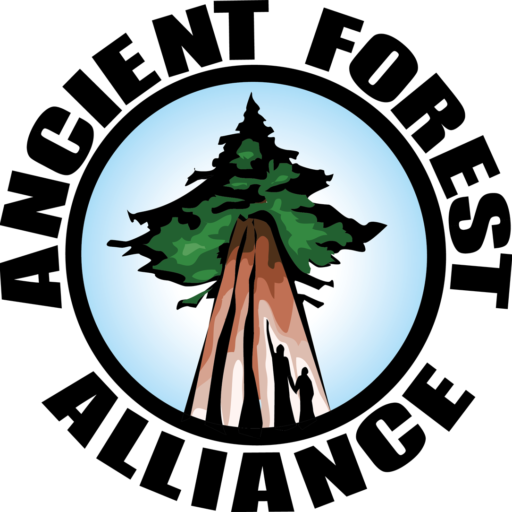Ancient Forest Alliance supports MP Keith Martin’s proposal to expand Pacific Rim National Park Reserve to include Canada’s grandest old-growth forests
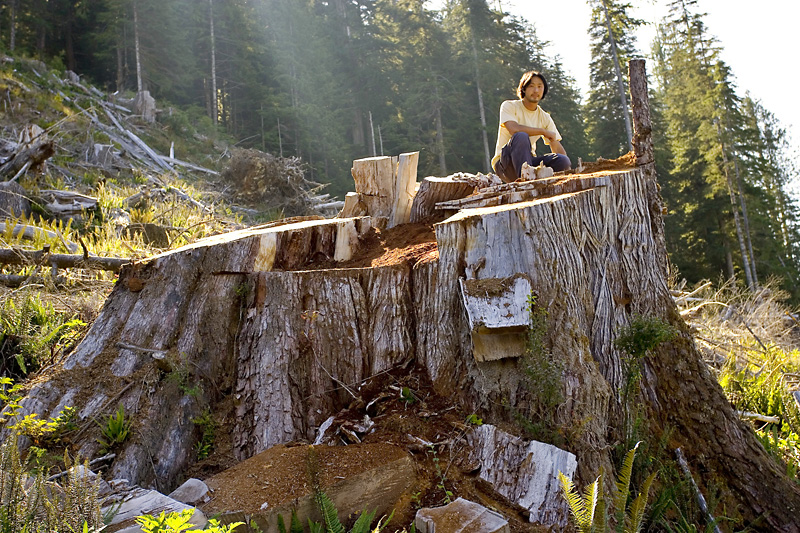
“Canada’s Biggest Stumps Competition” Launched
Earth Day Media Release: Avatar’s James Cameron Invited by Environmental Group to Visit the Endangered “Avatar Grove” of Ancient Trees
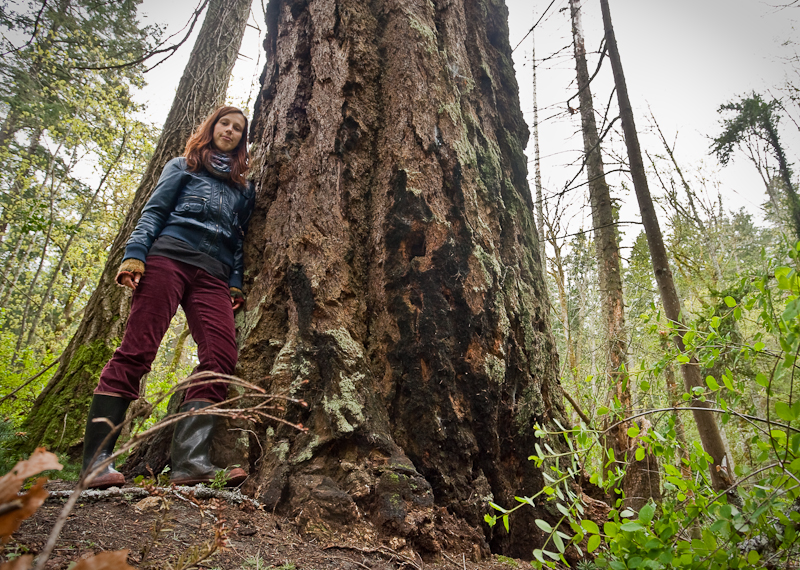
New Old-Growth Activist Teams to be Launched in BC Swing Ridings to take the Ancient Forest Campaign to a Whole New Level
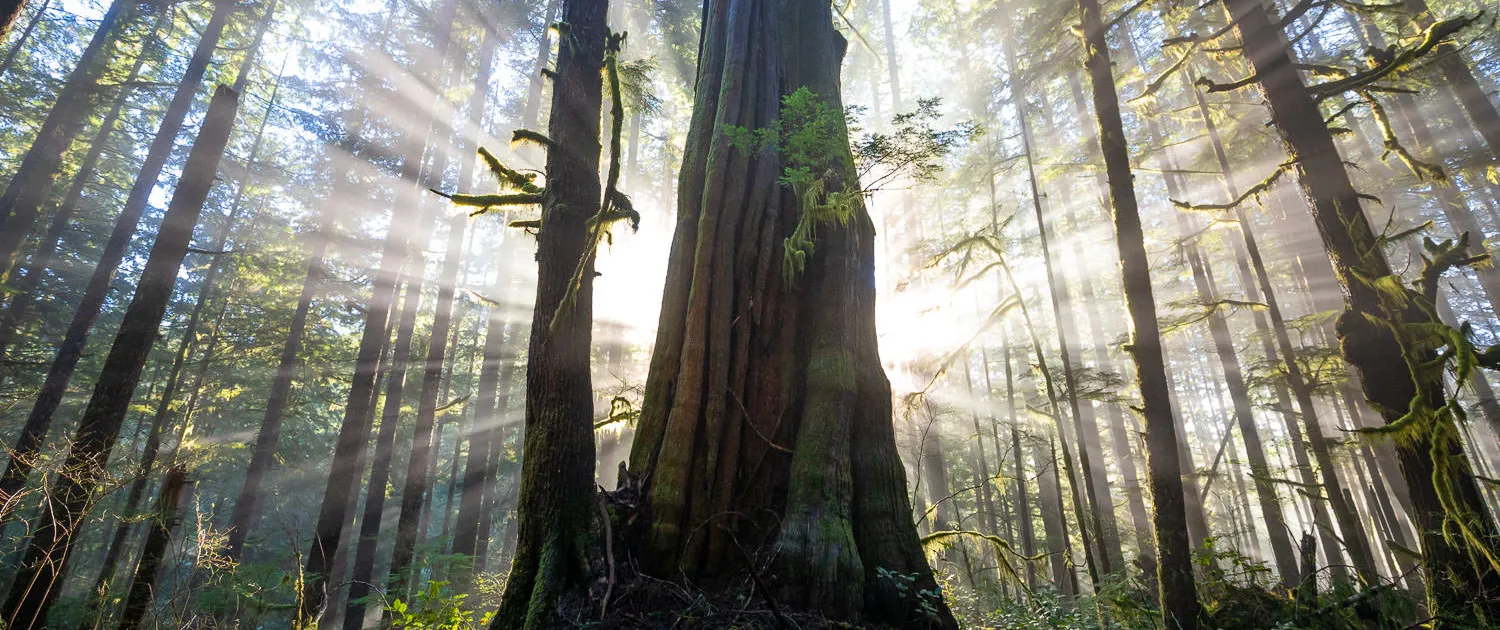
World’s Largest Douglas fir Threatened by Proposed Logging in Adjacent Old-Growth Forest
A new proposed logging cutblock near the world's largest Douglas fir tree, the Red Creek Fir, has been identified as that of TimberWest, a BC-based logging company. The Red Creek Fir, located 15 kilometers east of Port Renfrew, is recognized as the largest Douglas Fir Tree on Earth, with enough wood to make 349 telephone poles (ie. 349 cubic meters in total timber volume - see https://www.for.gov.bc.ca/hre/bigtrees/docs/BigTreeRegistry.pdf). It is 73.8 meters in height and has a trunk 4.2 meters wide (Diameter-at-Breast-Height or DBH).
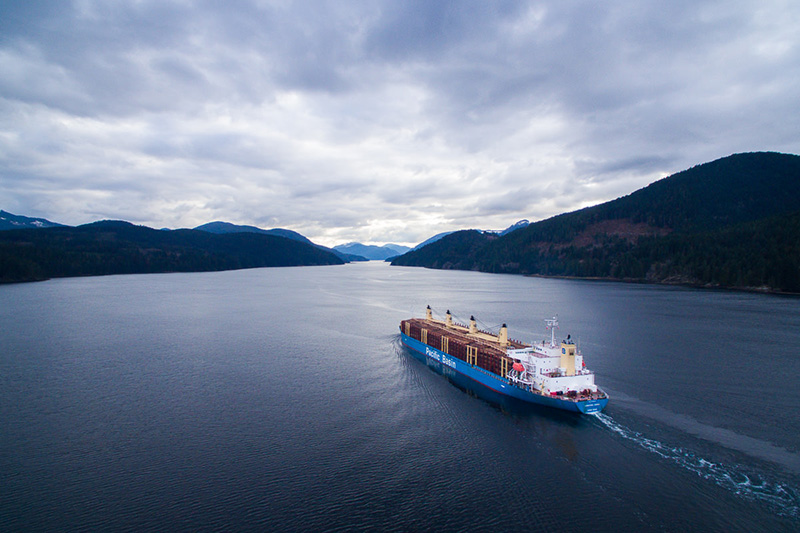
It’s time for the BC government to curb raw log exports and boost value-added forestry jobs, say unions and environmental groups
Vancouver – Between 2013 and 2016, more raw logs were shipped from BC than during any other four-year period in the province’s history, prompting two forest industry unions and three leading environmental groups to call for a ban on raw log exports from old-growth forests and a bold government action to plan to stimulate BC’s flagging forest sector.

World’s largest Douglas fir at risk, fearful environmentalists charge
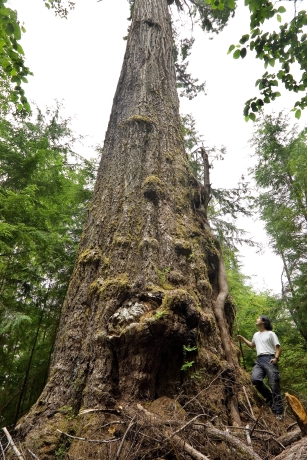
Largest Douglas fir in the world at risk say environmentalists

British Columbia: Clearcutting the "Avatar Forest"

An exceptionally spectacular and accessible stand of newly located old growth redcedars and Douglas firs near Port Renfrew has recently been marked for logging.
An exceptionally spectacular and accessible stand of newly located old growth redcedars and Douglas-firs near Port Renfrew has recently been marked for logging.
